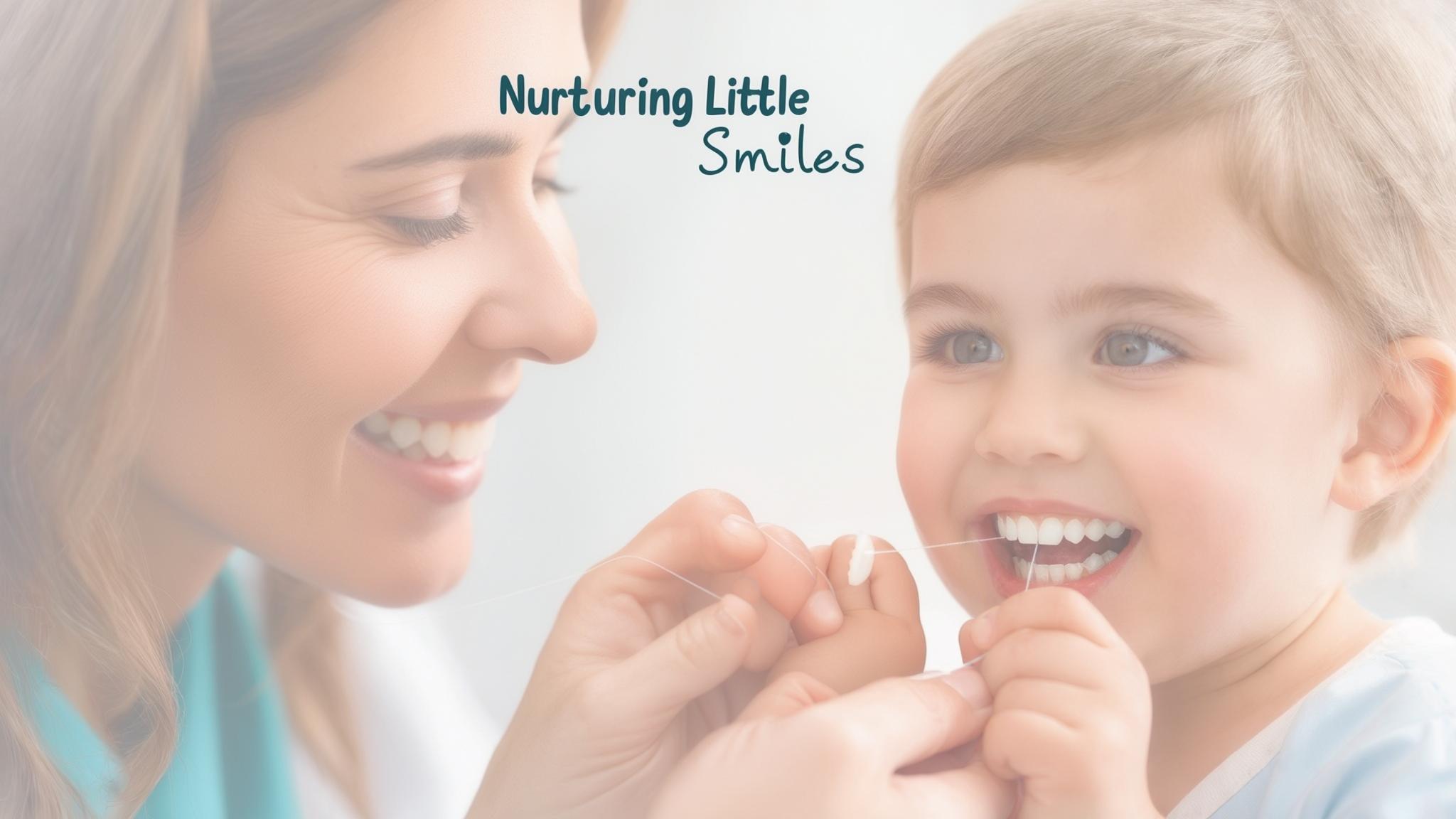Understanding Oral Hygiene for Children
Oral hygiene is a cornerstone of overall health, and for children, it sets the foundation for a lifetime of healthy habits. Starting early with good dental care can prevent common issues such as cavities and gum disease. These conditions are not only painful but can also affect a child's ability to eat, speak, and even concentrate in school. Establishing good habits early can make a big difference in maintaining healthy teeth and gums as they grow.
The Role of Flossing in Oral Health
Flossing is the act of cleaning between the teeth with a thin, soft thread. While brushing cleans the surfaces of the teeth, flossing reaches the spaces in between where food particles and plaque can hide. Both brushing and flossing are essential for keeping teeth and gums healthy. Flossing helps remove plaque, a sticky film of bacteria that can lead to gum disease if not properly managed.
Flossing Guidelines by Age Group
Infants (0-2 years)
Even before teeth appear, it's important to start a dental care routine. Gently cleaning an infant's gums with a soft, damp cloth can help establish this habit. Once teeth begin to touch, typically around age two, parents can introduce flossing. At this stage, it's more about getting them used to the sensation rather than perfect technique.
Toddlers (2-4 years)
When a child has two teeth that touch, it's time to start flossing. Parents should assist their toddlers by gently guiding the floss between the teeth. Supervision is crucial to ensure safety and effectiveness. Make it a fun activity by using colorful flossers or singing a song during flossing time.
Preschoolers (4-6 years)
As children develop fine motor skills, they can begin to floss with some assistance. Parents can make flossing more engaging by turning it into a game or using story-based apps that encourage dental care. Aim for flossing once a day to remove plaque and food particles effectively.
School-Aged Children (6-12 years)
By this age, children can start flossing independently. It's important to review proper techniques, such as using a gentle sawing motion and being careful around the gums. Encourage them to floss daily and remind them of the benefits, like preventing cavities and keeping breath fresh. Regular dental check-ups can reinforce these habits.
Teenagers (12+ years)
As teenagers transition to adult dental care routines, maintaining flossing habits is crucial. Discuss the importance of oral hygiene as part of their overall health. Address common challenges, like braces or busy schedules, by suggesting practical solutions, such as using floss threaders or setting reminders.
Tips for Parents
Teaching children to floss can be a fun and rewarding experience. Choose the right type of floss or flossers designed for children, which are often easier for little hands to manage. Lead by example—when children see their parents flossing regularly, they are more likely to follow suit. Be patient and encouraging to help them develop these essential skills.
Common Questions About Flossing for Kids
Parents often wonder how often their children should floss. Ideally, flossing should be done once a day. If a child resists, try different types of flossers or let them pick out their favorite flavor. It's important to dispel myths, such as the idea that baby teeth don't need flossing—healthy habits should start early, regardless of age.
Conclusion
Starting flossing early in life is a key step in fostering lifelong dental health. By prioritizing your child's oral hygiene, you're setting them up for success. Encourage these habits, and they will carry them into adulthood, ensuring bright, healthy smiles for years to come.
References
- American Dental Association
- Pediatric Dentistry Guidelines
- Relevant studies on children's oral health from reputable dental journals.

